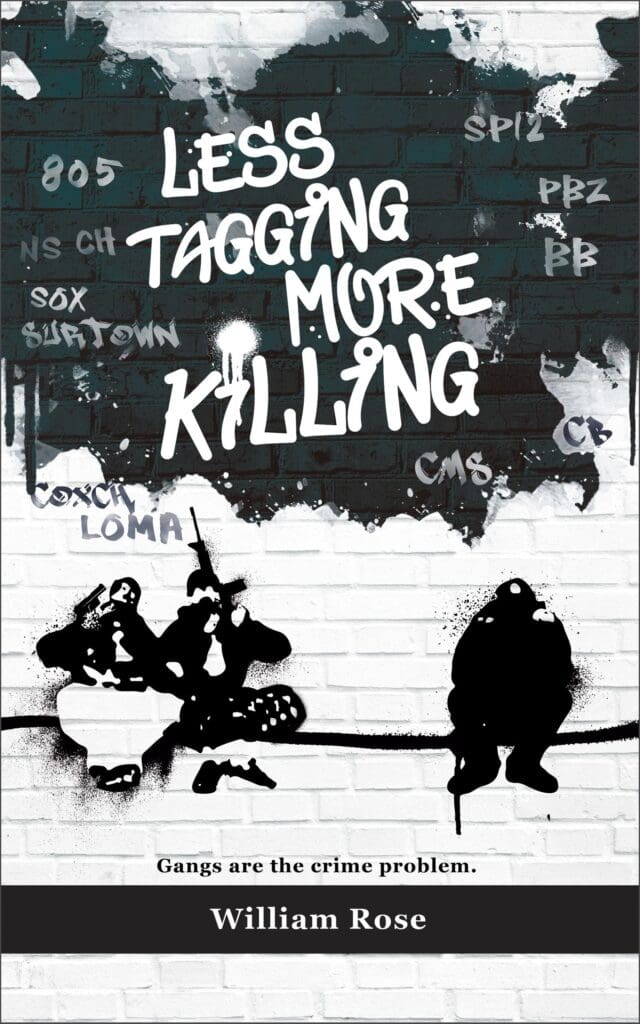Oxnard Colonia Chiques: History and Violence
May 13, 2025

A Deep Dive into Ventura County’s Most Notorious Gang
The presence of the Oxnard Colonia Chiques gang in Ventura County represents one of the most significant law enforcement challenges of the past several decades. The city of Oxnard is known as the most dangerous city in Ventura County. Approximately 15% of the households do not have a father present and live under the poverty line. The La Colonia neighborhood, once established to house agricultural workers, became fertile ground for gang activity which influenced the rest of the city of Oxnard. To learn where Colonia Chiques ranks see the blog Top 10 Most Dangerous Gangs in Ventura County.
Little Chicago, Big Problems
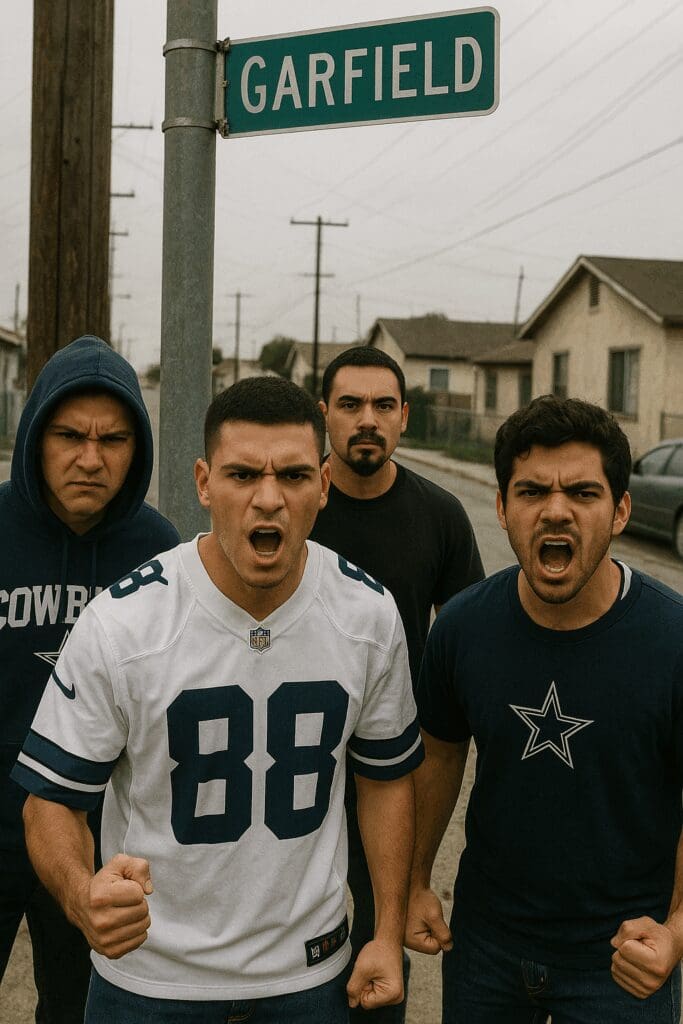
Chiques is the name gang members have bestowed on the city of Oxnard. I’ve heard two origin stories for the name “Chiques.” The first was that crime got so bad in the Colonia neighborhood in Oxnard that people began to describe it as ‘little Chicago.’ Subsequently, Spanish speakers morphed this from ‘chiquis or little ones’ into the name Chiques. Alternatively, another version of the Chiques origins story was the marijuana trade which extended from Oxnard to Mexican/Americans in Chicago. The city of Chicago’s organized crime was often referred to as the Chicago Outfit. Drug smugglers in Oxnard claimed they were part of or “little members” of the “outfit” which became known as Chiques. What I can say with certainty is that if you ask any Oxnard gang member the origin of the name Chiques, they will have no idea.
The Colonia Chiques gang “own” sections of the city of Oxnard to include the east side of the city, which is located east of Oxnard Boulevard, south of Camino Del Sol, west of Rice Avenue, and north of 5th Street.
Like other gangs, Colonia Chiques members generally identify one another through the use of hand gestures or ‘gang signs. Gang signs typically consist of: “E,” which signifies “eastside” or “evil side” of Oxnard; or “C” which signifies “the first letter in Colonia”; and “O” which “signifies the second letter in Colonia.” The Colonia Chiques wear Dallas Cowboys football team clothing. The Colonia Chiques use the letter “C” in Cowboys to represent “Chiques.”
Oxnard: Where Cowboys Mean Crime
Ironically the National Football League Dallas Cowboys football team trained preseason in Oxnard. I wondered if the players understood that seeing Cowboys jerseys on some of the citizens of Oxnard was more likely the expression of gang affiliation rather than being Cowboys fans.
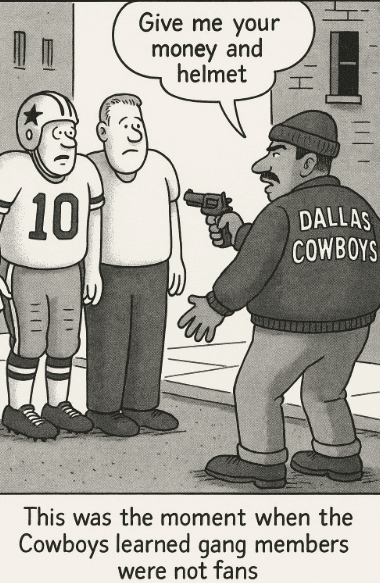
Simply put, the reason gang members purchase clothing from national baseball and football franchises is because of appearance. If you don’t believe me, simply watch a gang movie from the 1970s—the ‘colors’ or homemade gang clothing clearly look cheap and pathetic.
The $26 Million Gang

The numbers tell a sobering story. With 676 documented members, the Oxnard Colonia Chiques gang represents the largest criminal organization in the region. The economic impact is staggering. In 2019, I analyzed the 676 gang member’s criminal histories which totaled 12,785 arrests. A low estimated cost of an arrest is $1,000. Law enforcement arrested Colonia Chiques gang members 12,785 times at a cost of $12,785,000, with the city of Oxnard and surrounding communities bearing most of this financial burden. The $12 million figure is likely low, with inflation, police salaries, equipment costs, transportation expenses, a police booking facility with additional employees, recent estimates per arrest are closer to $5000. Moreover, I would be surprised if the Oxnard city manager realized the magnitude of police resources being diverted to address one gang’s criminal activities.
A total of 179 or 26% of the gang members were on probation and/or parole. To supervise someone on parole costs an estimated $10,000 per year. To supervise a person on probation costs and estimated $4,400 per year. Based on these figures, if half the Colonia Chiques gang members were on parole and the other half were on probation, that would consequently result in $1,291,600 in supervision costs each year for the State of California (parole) and the County of Ventura (probation).
In 2019, state and federal authorities had incarcerated approximately 143 or 21% of the Oxnard Colonia Chiques gang. The taxpayers of the State of California spent approximately $81,000 a year to house a person in prison. At $81,000 per year with 143 members in prison, the Colonia Chiques gang costs taxpayers approximately $11,583,000.
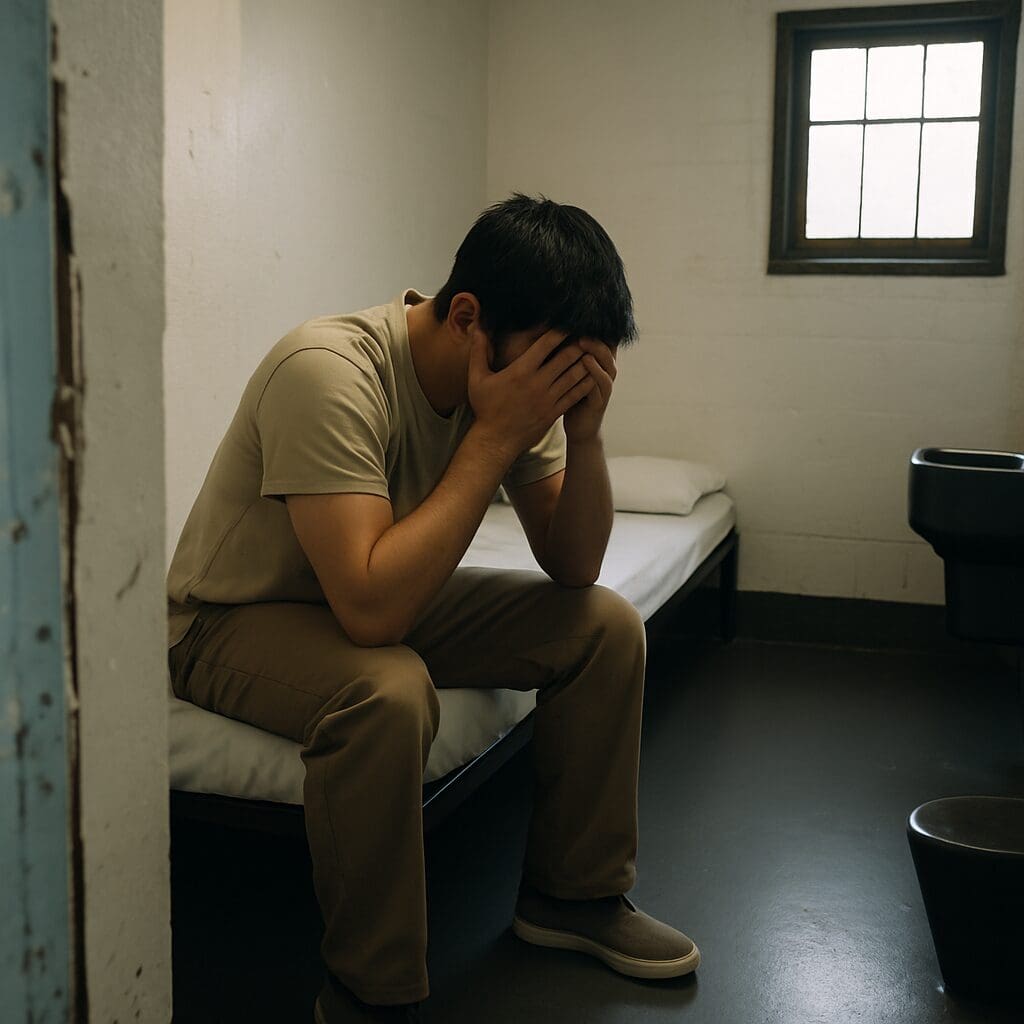
Who Pays for Gang Crime
The financial burden of the Oxnard Colonia Chiques gang extends far beyond direct criminal justice costs. Healthcare expenses from gang violence, vandalism, property devaluation in affected neighborhoods, and lost economic potential create a comprehensive impact that affects the entire region.
Conservative estimation the Oxnard Colonia Chiques gang has the cost to the citizens of California over $26 million dollars to arrest, place on probation/parole, and imprison. This does not account for the legal fees for public defenders which is difficult to estimate. Even if you estimated a public defender spent only 8 hours on each case, at $100 per hour, times 10,000 cases, that adds up to an additional $8 million; moreover, the true cost is likely much more.
The Drug Economy of the Oxnard Colonia Chiques

Drug trafficking forms the economic backbone of the Oxnard Colonia Chiques gang. Their distribution networks for methamphetamine, fentanyl, heroin, and cocaine operate with surprising efficiency. Additionally, the relationship between the Oxnard Colonia Chiques gang and Mexican cartels presents a particularly troubling dimension. This international connection provides the Oxnard Colonia Chiques gang with access to high-quality narcotics and sophisticated trafficking methodologies. To learn more read the blog Gangs Drugs: A Glimpse Into the Underground Economy of Crime.
Legal Approaches to Containing the Oxnard Colonia Chiques

The 2004 gang injunction targeting the Oxnard Colonia Chiques gang represented a necessary measure to curtail the gang’s activity. The designated “safety zone” aimed to disrupt the gang’s operations by limiting members’ movements and associations.
The eventual dissolution of the injunction against the Oxnard Colonia Chiques gang in January 2021 marked a significant shift in curtailing the gang. Every Oxnard gang detective I spoke with agreed discontinuing the gang injunction was a horrible decision that would decrease public safety.
Did the gang injunction increase public safety? To answer that question all law enforcement would have to do was look at the criminal histories of the 276 Oxnard Colonia Chiques gang members who were listed in the injunction. As expected, the arrest of each listed gang member, following the gang injunction’s termination, demonstrated that the community was less safe.
To illustrate, let’s estimate that each of the 276 Oxnard Colonia Chiques gang members has faced arrest once since the gang injunction ended in 2021. The math is simple: 276 preventable crimes means 276 victims who paid the price for ideological opposition to proven gang suppression tactics. To learn more read the blog What to Do About Gangs: A Street-Level Perspective.
Community Impact of the Oxnard Colonia Chiques
The residents of the La Colonia neighborhood bear the heaviest burden of the Oxnard Colonia Chiques’ gang’s presence. Beyond the direct violence, the psychological impact creates ripple effects throughout the community. Children growing up in areas controlled by the Oxnard Colonia Chiques gang face daily choices that no child should have to make. To learn more read Roles in Gangs: How Power and Profit Shape Street Culture.
Clearly, seeing groups of males wearing Dallas Cowboys clothing serves no purpose other than to intimidate the public. Unfortunately, the attorneys who petitioned to remove the gang injunction, and the judges who ruled against it, do not live in gang territory. As a result, the injunction’s removal did not impact them.
Colonia Chiques Gang Names
Typically, a gang member receives their gang name based on a personality trait, physical characteristic, behavior, or reputation. The following is a list of some of the monikers or gang names of Colonia Chiques gang members: Baby Corenano, Baby Giant, Badger, Bones, Boola, Bugsy, Bumper, Casper, Chango, Chato, Convict, Crooks, Cubbs, Curly, Damage, Deals, Demon, Drips, Driver, Dopey, Ears, Fangs, Flaco, Grinch, Havic, Joker, Klepto, Kicks, Lalo, Lil Champs, Lil Chucks, Lil Grinch, Lil Shadow, Maniac, Malice, Mondo, Monstro, Mousie, Muerto, Oso, Pigeon, Pollo, Porky, Pounder, Pranks, Ranks, Silent, Sleepy, Slings, Smoky, Snaps, Snoopy, Spanky, Terror, Temperz, Thief, Tripper, Trippy, Vulture, Weasel, Wicked, Woody, and Zombie. To learn more read the blog Gang Names: Understanding the Criminal Identity System.
The following are female gang names: Cece, Cheeks, Lil Blunt, Piggy, Red, Vamps, and Vicious. To learn more read the blog Gang Initiation for Females: The Untold Reality Behind the Drama.

What Happens When Every Neighborhood Has a Gang
Oxnard gangs form their names by combining a neighborhood (Lemonwood) or city location (Southside) with the name Chiques.
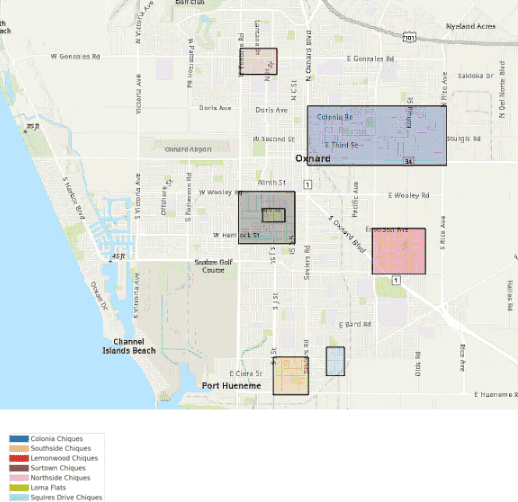
Southside Chiques is the second largest gang in Oxnard with approximately 171 members. They have been arrested a total of 3,458 times, averaging 20 arrests per member. One gang member had 76 arrests. About 73% of the gang had felony convictions and over half had been to prison. In 2019, 25% were in state or federal custody and 23% were on probation or parole. They claim the south side of the city, wear Chicago White Sox apparel, and use “S” in Sox to represent Southside. Officials imposed a gang injunction on them a year after the one targeting the Colonia Chiques and removed it in 2020. To learn more read the blog Southside Chiques: A Violent Neighborhood.
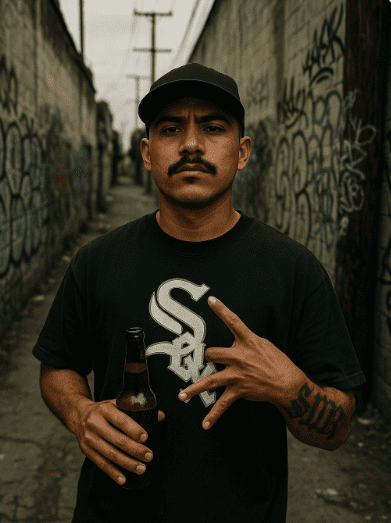
The Chiques Formula
Lemonwood Chiques, the third largest gang, has 73 members who have been arrested 1,131 times. The average arrest rate is 15 times per member. Around 60% had felony convictions and 40% were in custody or on probation/parole. In contrast, three members had no arrests, while the most frequently arrested had 69. They wear blue attire and operate in the Lemonwood neighborhood.
Surtown Chiques includes 62 members with 1,191 arrests total, an average of 19 per member. About 77% had felony convictions and 61% had been to prison. By 2019, 27% were on probation or parole and 21% were in custody. Oxnard detectives identified them as the most violent gang in the city. To learn more read the blog Surtown Chiques: Gang Activity That Defines Oxnard’s Most Violent Gang.
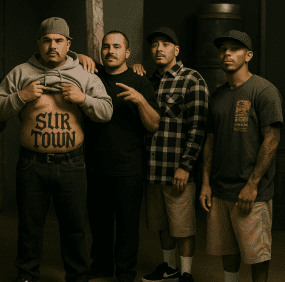
Ironically, you know your community has a gang problem when the gang territory includes a neighborhood watch—but they’re watching for rival gangs, not burglars.
Northside Chiques: The “Nutty Side”
Northside Chiques, or the “nutty side,” consists of 47 members, they have been arrested 963 times, with an average of 22 each. Felony convictions affected 77% of the gang members, and 44% were on probation or parole. Drug trafficking is their primary income source. Members use University of North Carolina apparel with “NC” to represent Northside Chiques, and graffiti with “NS CH” and “NSXIIICH” is common. They’re aligned with the El Rio gang and are rivals with Colonia, Surtown, Southside, Lemonwood, and Squires Drive. To learn more read the blog Northside vs Southside Gangs in Oxnard: History and Violence.
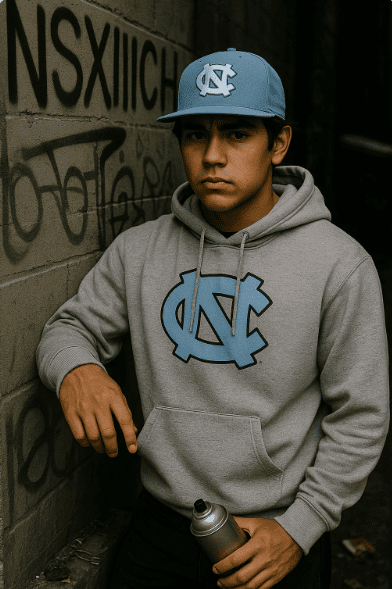
Loma Flats Chiques, the second smallest, has 45 members averaging 17 arrests each. Sixty-nine percent are convicted felons. The members wear Duke University’s blue devil mascot clothing. To learn more read the blog Gangs and Ghost Guns: The Deadly Intersection of the Loma Flats Gang and Law Enforcement.

Squires Drive Chiques is the smallest gang with 33 members. Collectively, they had 688 arrests, averaging 21 each. Specifically, they identify with San Diego State University’s ‘S’ for Squires and ‘D’ for Drive, and also wear Padres’ Friars gear.

The Role of Technology in Monitoring the Oxnard Colonia Chiques
Technological advances have transformed how agencies track and respond to Oxnard Colonia Chiques gang activities. Social media monitoring provides insights into conflicts, drug dealing, and organizational changes within the Oxnard Colonia Chiques gang. Gang members often post about illegal activities, rivalries, and territory claims, creating a digital footprint that aids investigations.
Conclusion
More importantly, the story of the Oxnard Colonia Chiques gang represents more than a financial and criminal justice challenge—it reflects broader societal issues that demand comprehensive responses. To learn more about the reasons people are drawn to gangs read my blog, Why Do People Join Gangs? Causes and Consequences.
The economic and human costs associated with the Oxnard Colonia Chiques gang justify significant investment in prevention and intervention strategies.
Alarmingly, the Oxnard Colonia Chiques gang, with 676 members, has destroyed more lives and committed more crime than any other organization in the city of Oxnard. Moreover, the wider Chiques umbrella spans a deadly network of gangs with over 431 members, who have been arrested more than 8,000 times.These additional gang members are responsible for millions in taxpayer costs and persistent violence. From Southside to Northside, from Lemonwood to Squires Drive, these gangs with over 1,100 members are part of an entrenched cycle of poverty, crime, and incarceration that has plagued the city for decades.
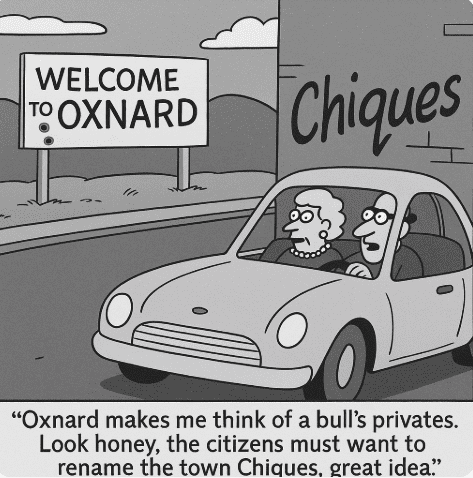
To learn more about Oxnard Colonia Chiques and other gangs in Oxnard, get the book Less Tagging More Killing.
